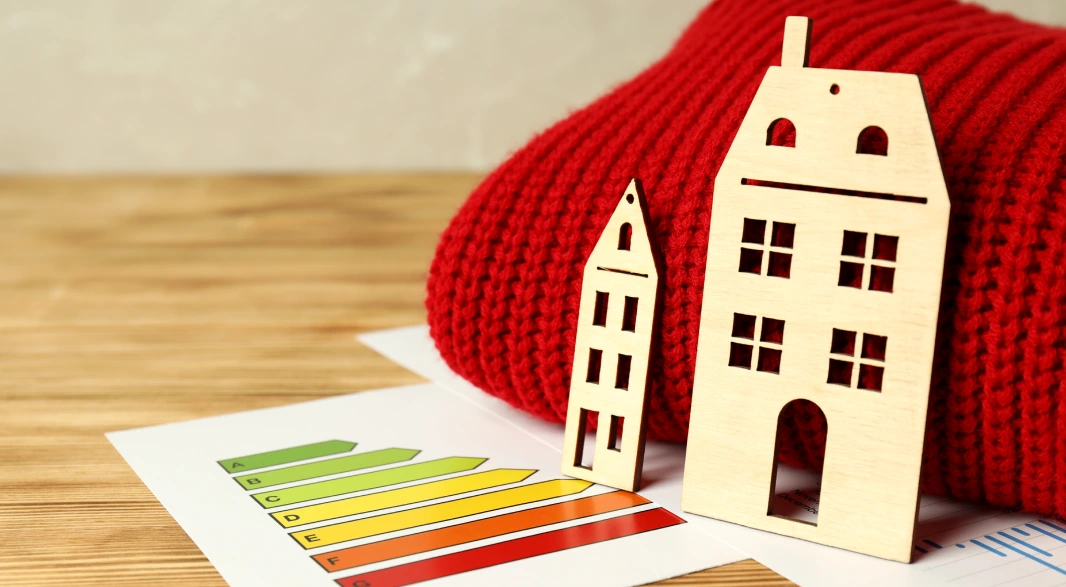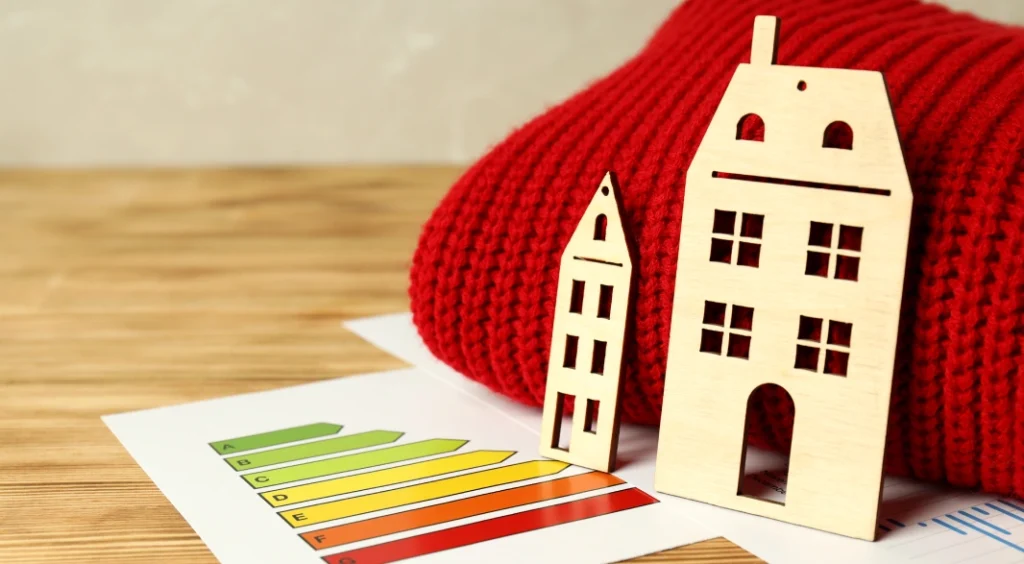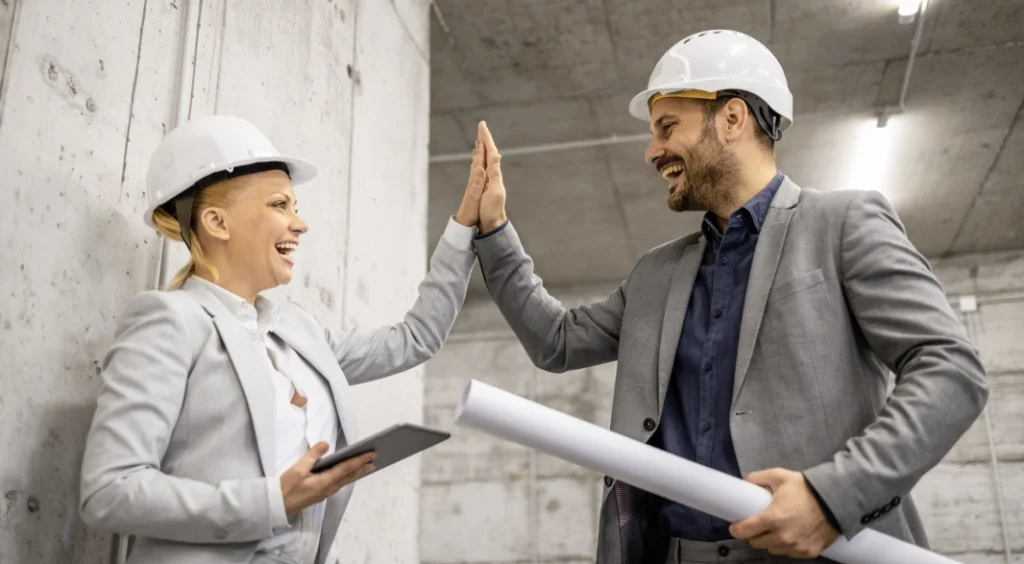
Renovating old buildings and reducing energy costs: 7 tips
Old buildings are attractive, but they often consume a lot of energy. By taking targeted measures, you can improve the quality of life and save considerable energy costs. In this article, you will learn how to renovate your old building to make it more energy efficient, which measures are particularly worthwhile, what costs you will incur when renovating an old building, and how you can use subsidies.
Table of Contents
1. Renovating an old building: why it’s worth it
An old building that has not been renovated can consume up to three times more energy than a modern building. With a comprehensive renovation of an old building, you not only reduce heating costs but also increase property value and improve living comfort.
Advantages of renovating old buildings
📊 Infobox: According to the German Energy Agency (DENA), energy-efficient renovation of old buildings can save an average of 30-50% in heating costs.
2. Façade renovation: the key to saving energy
Renovating the façade of an old building is one of the most effective measures to reduce energy losses. More than a third of the heating energy often escapes through poorly insulated façades.
What does façade renovation involve?
Costs:
🔍 Tip: In Berlin, façade renovation of historic old buildings may require a permit. Clarify this in advance.
3. Roof and basement insulation: protection from above and below
Effective insulation of the roof and basement prevents heat loss and increases energy efficiency.
Insulating the roof
Renovation and insulation of old basements
An uninsulated basement is often the cause of cold feet and high heating costs.
Cost:
4. Replace windows and doors: Prevent heat loss
Precious heat is often lost through old windows and doors. New, energy-efficient windows can reduce energy consumption by up to 20%.
Which windows are best?
Cost:
🔍 Tip: In Berlin, special requirements often apply to listed older buildings. Check whether the new windows need to be designed according to the style.
5. Which heating system is useful when renovating an old building?
Choosing the right heating system is the decisive factor in energy-efficient renovation. But which heating system is suitable for old buildings?
Choices for old building renovation – which heating system?
Cost and amortization:
6. Photovoltaics and balcony power stations: sustainable energy for older buildings
Energy-efficient renovation of older buildings can be perfectly combined with renewable energies. Photovoltaic systems (PV) and balcony power stations are particularly efficient for further reducing energy consumption.
Photovoltaic systems
Balcony power stations
🔍 Tip: In Berlin, you can apply for a subsidy for PV systems that covers up to 30% of the costs.
7. Legal requirements and subsidies in Berlin
When renovating an old building in Berlin, special permits often have to be obtained, especially for listed buildings.
Important authorizations:
Use subsidies
🔍 Tip: Plan the renovation with an experienced construction company in Berlin to avoid legal pitfalls and make the most of subsidies.
Conclusion: Renovating an old building pays off in the long run
Renovating an old building is an investment in the future. Targeted measures such as façade renovation, new heating systems, and the use of renewable energy not only save energy costs but also make a significant contribution to climate protection. Do you need more information about the renovation of old buildings? We at GIKA Bau would be happy to provide you with expert assistance and start your renovation project together.


Leave a Reply